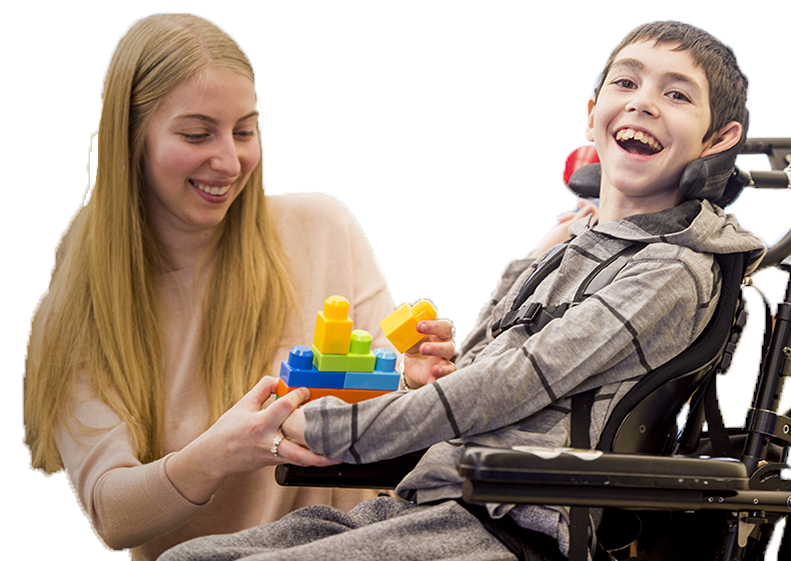Resources Directory
Search below to find a hospital, doctor, therapy, and more

Eagle Mountain Riding Center
The Eagle Mount Equestrians became a part of Eagle Mount the summer of 1992. The program was primarily a recreational program with therapeutic goals. Since then, the size and scope of the program has dramatically increased to many different parts – Recreational Riding; Hippotherapy; Wranglers; Equine Assisted Learning. All riding instructors are specially trained and/or certified through PATH International guidelines. The program continues to maintain high performance and safety through many equine resources including PATH. The recreational riding programs focus primarily on teaching individuals with disabilities to ride a horse safely. This riding helps the individual with disabilities by improving balance, posture and coordination and helps the person psychologically by improving their self confidence and motivation. The participant is able to experience the sensation of being high above others, independent and mobile. Educational goals of sequencing and color identification are also met for those participants who have difficulty with these areas. Advanced riding is for participants who have developed a more secure seat, and who are able to perform more difficult maneuvers. Newcomers participate in an "Intro to Horses" class as a form of evaluation and introduction to our horsemanship programs before being placed in a specific riding class. Hippotherapy is a treatment that uses the multidimensional movement of the horse; from the Greek word "hippos" which means horse. Hippotherapy at the Eagle Mount Riding Center is carried out by a physical or occupational therapist, working with a riding instructor and specially trained horse. The rider's role is not to control or influence the horse, but to respond by accommodating to the horse's movement. The simple movement of a walking horse's back duplicates the 'normal' pelvis movements made by a person while walking. The gentle rotation of the rider's pelvis, back, and shoulder girdle tones muscles and exercises joints. Activities such as touching the moving horse, varying sitting positions, and performing exercises, all accomplish goals of postural control and sensory integration. Many therapists believe that they can get results with a horse that no other equipment can offer. Hippotherapy is not always available due to Therapist availability. The Wranglers Program serves individuals (young and old) who are unable to learn to ride independently or cannot get on a horse. Our wranglers come out and groom the horses and learn to take care of them as well as riding (if capable). Many of our seniors, nursing homes, and group homes are taking advantage of the Wrangler program and love it!
